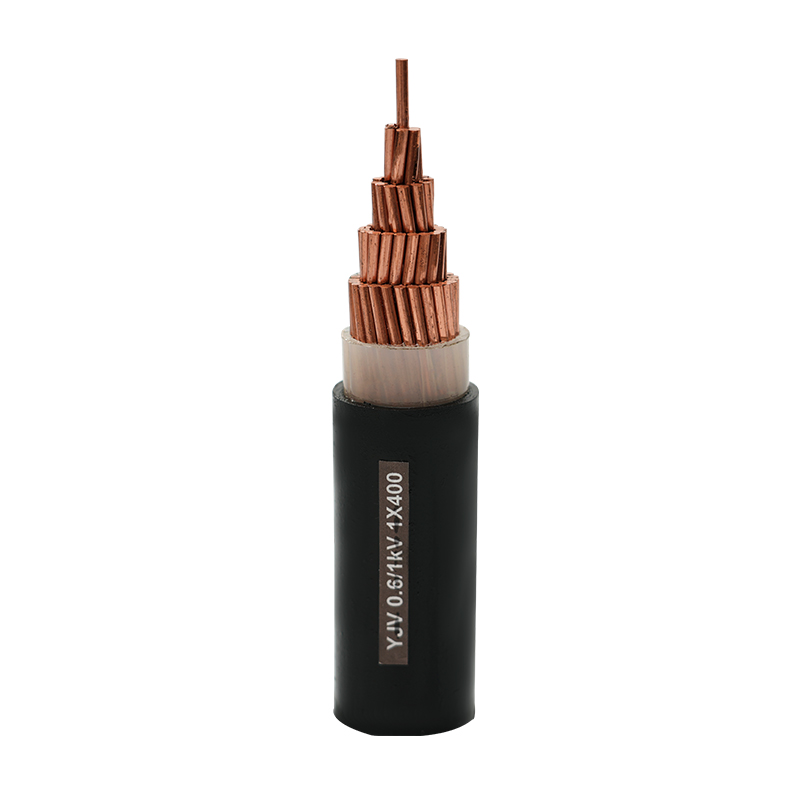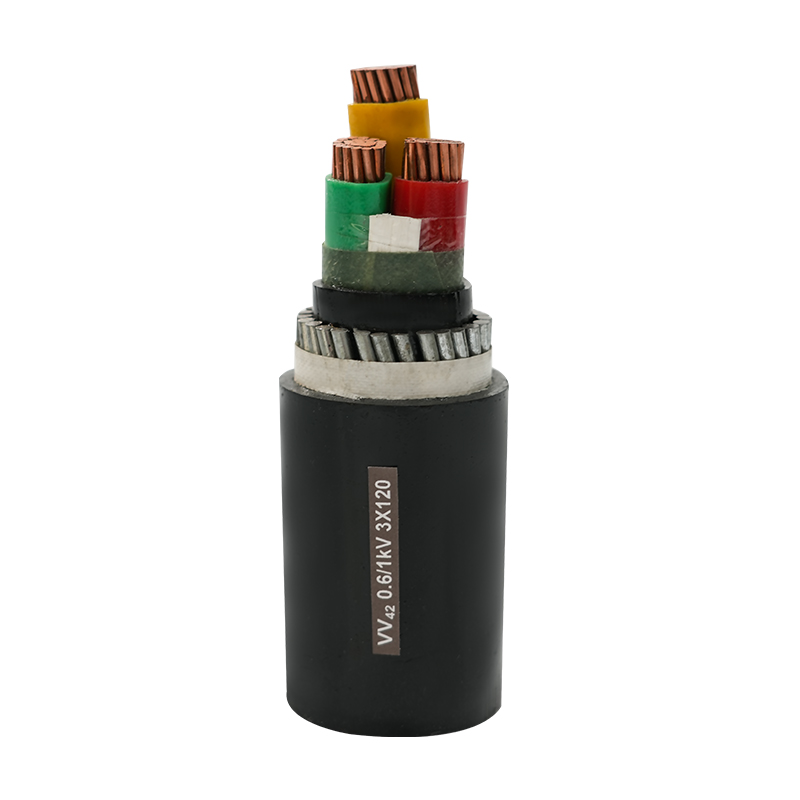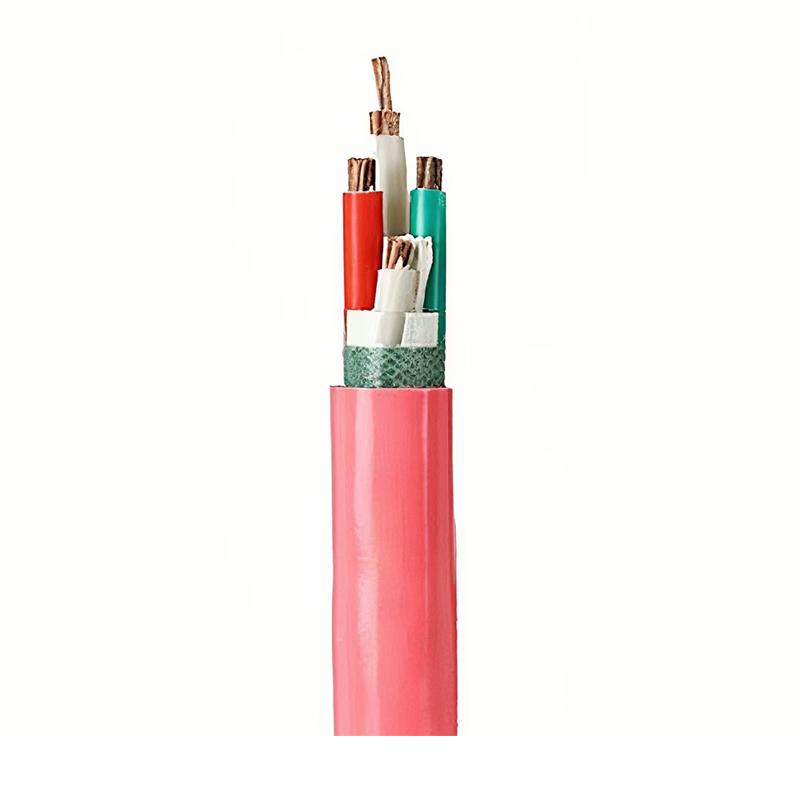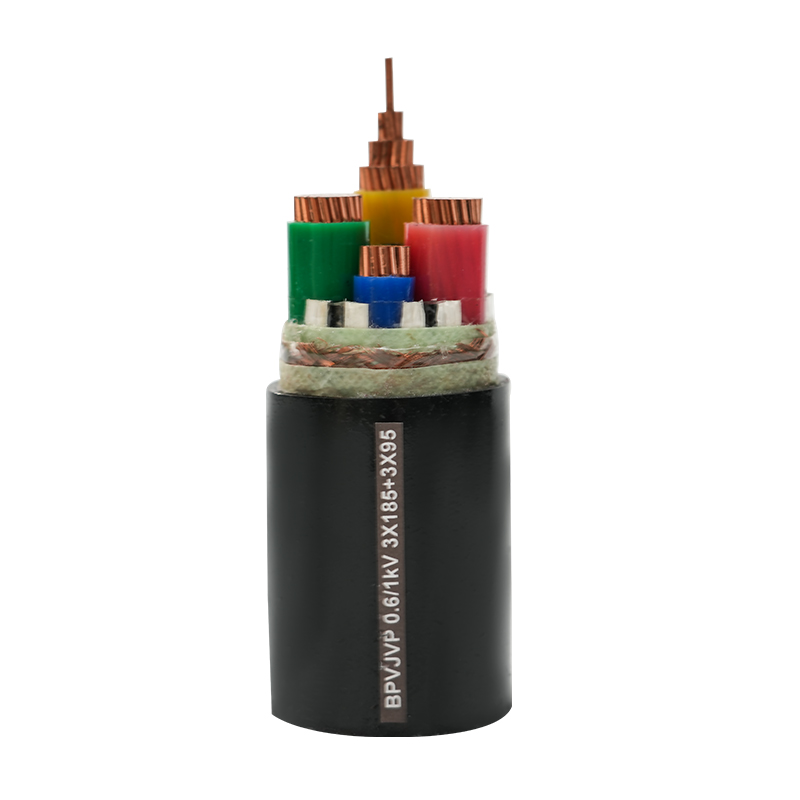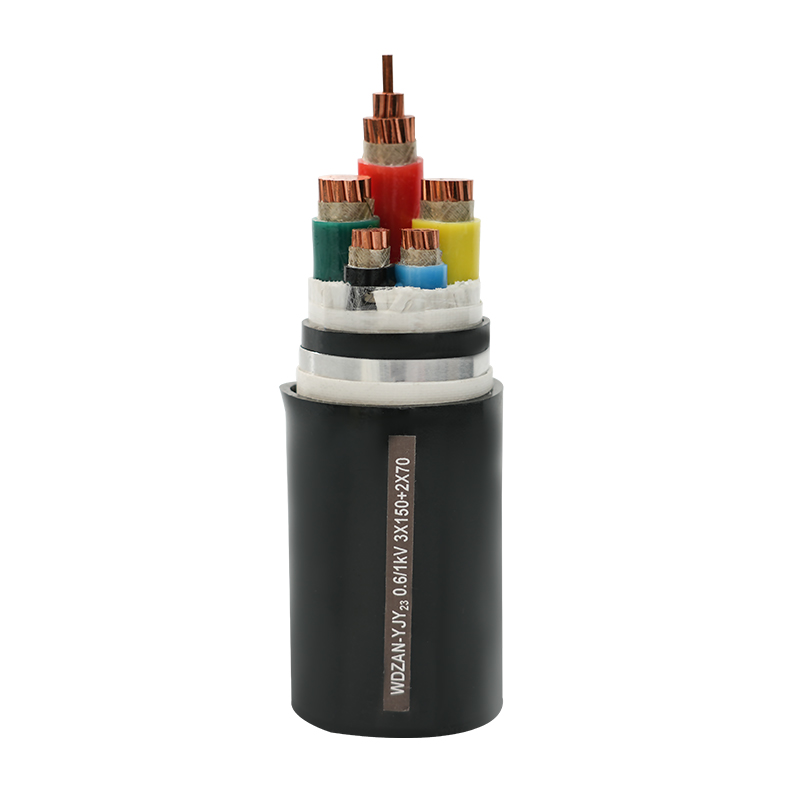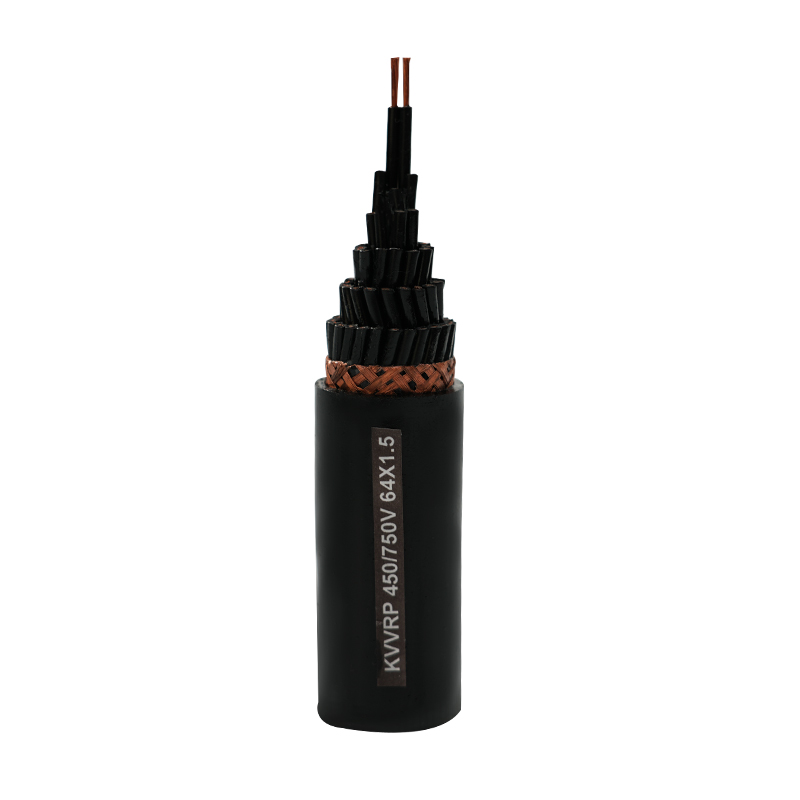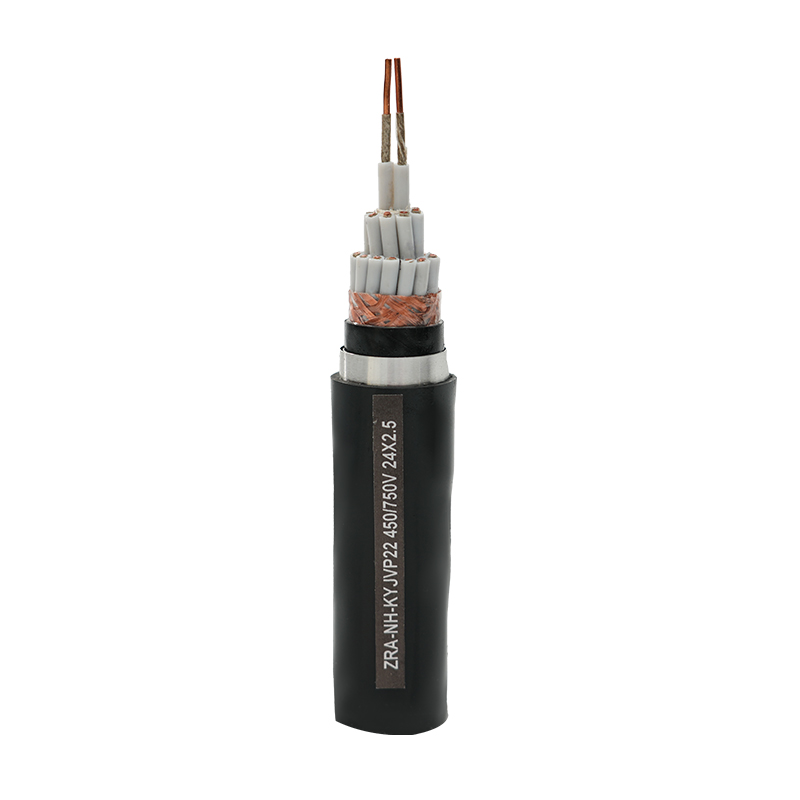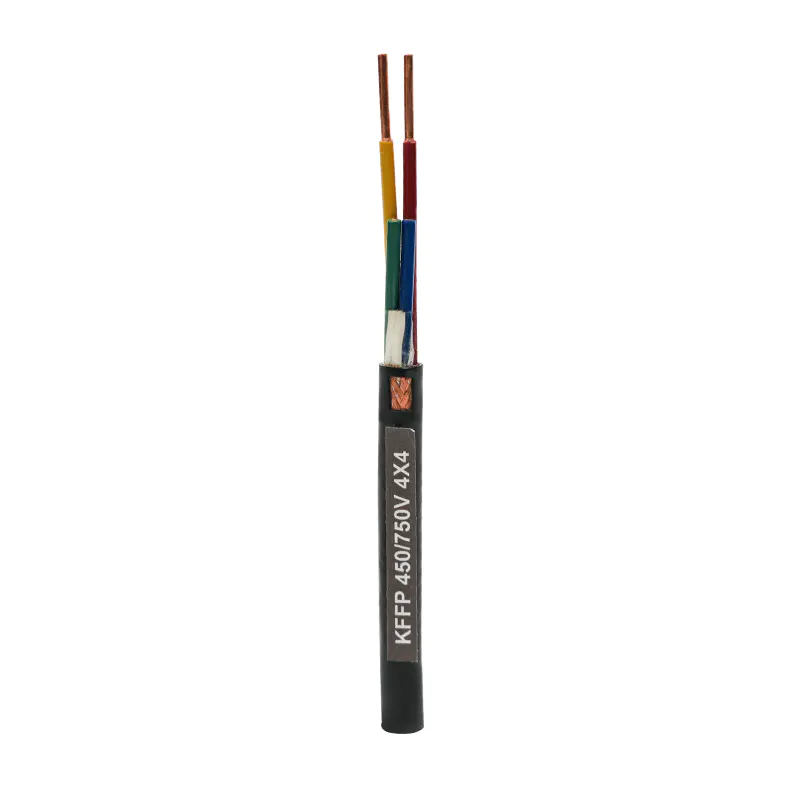Advanced production technology is the core element that gives marine electric wire reliable performance. From the overmolding of the insulation layer to the twisting of the conductor to the quality inspection of the finished product, each process has been carefully designed and strictly controlled, turning the process advantages into a solid guarantee for the stable operation of the wire in the marine environment.
Quality shaping of the insulation layer
The insulation layer is a key barrier for marine electric wire to resist external interference and ensure the safety of power transmission, and its molding process is crucial. Marine electric wire manufacturing adopts a high-precision extrusion process. During the insulation layer coating process, special rubber and other insulating materials are first evenly heated to a molten state in the barrel. Temperature control is the top priority of the extrusion process. The temperature must be accurately adjusted to the appropriate range according to the material properties. Too high a temperature will cause the material to decompose and deteriorate its performance. Too low a temperature will lead to insufficient fluidity and inability to achieve tight coating. The coordinated regulation of extrusion pressure and speed is also critical. Appropriate pressure can ensure that the insulating material fully fits the conductor surface. A stable extrusion speed combined with a traction device can ensure that the thickness of the insulation layer is uniform and consistent, avoiding defects such as bubbles and wrinkles.
Strengthening the conductor structure
The conductor structure of Marine electric wire directly affects its mechanical strength and conductivity, and the specially designed twisting process is the core means to optimize the conductor structure. In order to adapt to the vibration and mechanical shock during the ship's voyage, marine electric wire uses a conductor made of multiple strands of fine copper wires. During the twisting process, the twisting pitch and direction are determined through repeated tests and precise calculations. Reasonable twisting pitch can make each strand of copper wire tightly bite, enhance the overall flexibility and tensile strength of the conductor, and prevent the conductor from breaking due to vibration; the specific twisting direction helps to offset the impact of external stress on the conductor and further improve its stability.
The last line of defense to ensure the reliability of marine electric wire
Every marine electric wire that has been produced must undergo multi-dimensional and high-standard performance tests. The insulation resistance test applies a specific voltage to detect the resistance value of the insulation layer to determine whether its insulation performance meets the standard and prevent safety hazards such as leakage caused by insulation defects; the withstand voltage test simulates extreme electrical environments to test the wire's tolerance under high voltage to ensure its stable operation in the ship's power system. In response to the unique environmental challenges of ships, the salt spray test places the wires in a salt spray box that simulates the high-salt environment of the ocean, and observes its surface corrosion for several hours to evaluate the corrosion resistance of the material; the bending test simulates the vibration environment of the ship, and repeatedly bends the wires to test their fatigue resistance to ensure that the wires will not be structurally damaged under long-term vibration. Only marine electric wires that pass all rigorous tests can be judged as qualified products and allowed to be put into use on ships.
All-round support for reliability
The realization of the reliability of Marine electric wire is the result of the synergy of a complete and precise production process system. The high-precision extrusion process shapes the high-quality insulation layer, the special twisting process strengthens the conductor structure, and the strict quality inspection is the final checkpoint. Each link is closely connected and progressive. This systematic process guarantee enables marine electric wire to calmly cope with multiple challenges such as electrical, mechanical, and climatic in the marine environment, and become a reliable guarantee for the stable operation of the ship's power system.

 English
English 中文简体
中文简体 русский
русский عربى
عربى